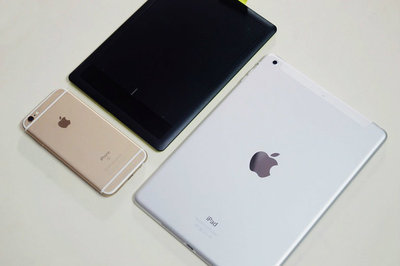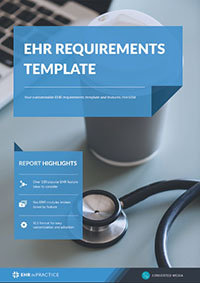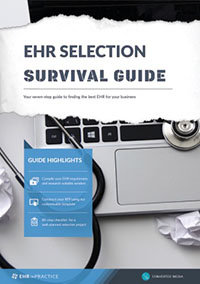3 Ways Mobile EHR Improves Patient Care
Besides improving administrative processes, mobile EHR systems can improve quality of patient care. Three ways that mobile EHR contributes to improved patient care are: improving accuracy in medical documentation, improving coordination of care for proper diagnosis, improving patient involvement and communication.
1) Accurate and Timely Documentation
Documentation is critical to maintaining complete and thorough patient health records. Much of what clinicians assess, interpret and test does not make it into the visit note because of lack of time and difficulty documenting while with a patient. With mobile EHR systems, the clinician is able to document examination results on the spot, accurately including medical findings and course of treatment. Accurate documentation is essential for implementation of medical management or course of treatment. If a pharmacist is trying to decipher what medication is prescribed and does incorrectly, it can lead to disastrous outcomes for a patient.
2) Improved Coordination of Care
Mobile EHR documentation helps to more effectively communicate with other healthcare providers, more effectively diagnose patients, reduce medical errors and provide safer patient care overall. It is surprising how much time used to be wasted by healthcare professionals, trying to read poor handwriting and determine what order was being conveyed. Mobile EHR documentation improves speed of patient treatment, improves accuracy in diagnosing and ensures appropriate pharmaceutical dosing. This improvement in coordination of care allows for more thorough and appropriate patient care.
Primary care physicians and specialists can easily share clinical findings, working together to determine course of treatment. For example: if a patient is presenting with symptoms of a neurologic condition, most patients will first seek out their primary care physician. The primary care physician will likely order imaging and blood work tests, as well as refer to a neurologist. The neurologist will need to see the outcomes from the imaging and blood work as well as the evaluation findings from the primary care physician. If all providers are using mobile EHR, the information is easily shared and an accurate diagnosis can be made more quickly.
Recommended Reading: EHR Vendor Guide - Find EHR vendors offering mobile compatibility
3) Patient Access and Accountability
With mobile EHR systems, patients have access to their own health records. They are able to remotely view their health records at their convenience. Many times, patients forget what instruction or recommendation that their physician gave. With mobile EHR, the patient can review instructions and results at their leisure and pace. By increasing patient involvement in medical record keeping, they are held more accountable for their actions and may even increase their attention and focus on healthy living. In addition, mobile EHR provides an avenue for increased communication between patient and physician. Patients and physicians only have a short amount of time to exchange information, complete an evaluation and create a plan for treatment. It can be difficult for a patient to remember all necessary questions and concerns. Mobile EHR systems allow for email communication between patient and physician. In addition, follow up appointments can be scheduled and other lab values, tests, and procedures can be viewed between patient and provider.
So there you have it. The benefits for your patients when you adopt a mobile EHR system. If patient satisfaction, communication and coordination are a priority for your practice consider mobile EHR in your *requirements gathering process.
Free white paper

EHR Vendor Directory
Get the most up-to-date directory of EHR software vendors. Find the best software for your practice.

Featured white papers
Related articles
-

EHR requirements and key features: your complete guide
Our extended guide to EHR requirements - everything you need to know and more on the subject
-

What successful EHR requirements gathering looks like
How to get the most out of your EHR requirements gathering process
-

iOS and Android mobile EHR apps: everything you need to know
Everything you need to know about mobile EHR - features, benefits, recommended apps and more




